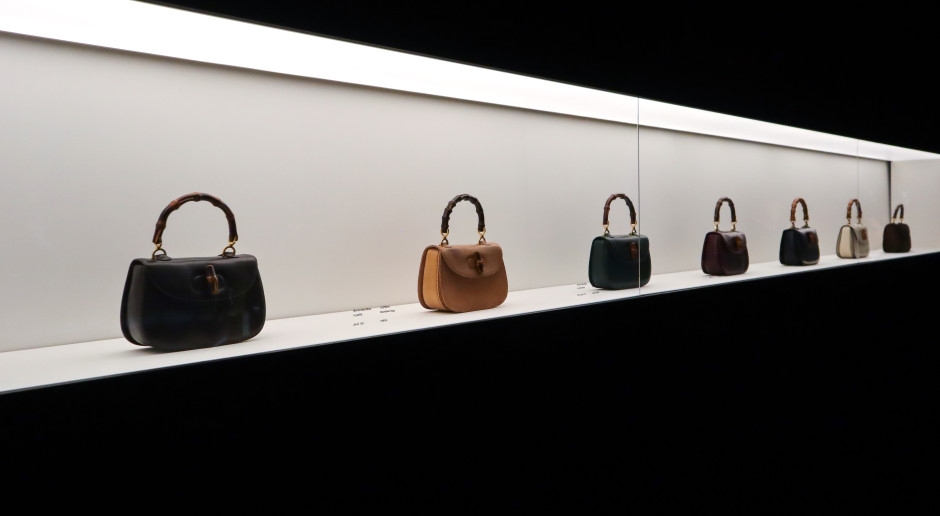Luxury takes no prisoners. The fashion world is increasingly resembling Silicon Valley.

Major fashion houses are learning from Big Tech how to grow faster and... eliminate the competition with white gloves. Will the high fashion world have its own "Fantastic Five"?
Following the sale of Kering's beauty division to L'Oreal for €4 billion and with growing pressure from e-commerce platforms, the industry is asking itself one question: is this the beginning of an era of luxury oligopolies ?
In a market where over a hundred historic brands operate today, giants set the pace and prices. The pattern familiar from Silicon Valley in the 2010s is tempting – large companies merge, small companies fall under the wings of larger ones, and the "market mosaic" transforms into several powerful empires.
According to an analysis by NSSMag, by 2030, as much as 80 percent of the global luxury goods market could be in the hands of just five conglomerates.
 Louis Vuitton logo on building License: Umpholphat Dangam / Unsplash
Louis Vuitton logo on building License: Umpholphat Dangam / UnsplashThe luxury goods market is undergoing a profound transformation, as evidenced by recent strategic moves by leading industry players. The announcement of the sale of Kering Beauty to L'Oréal for €4 billion represents not only a strategic move aimed at reducing the group's debt but also the first sign of an inevitable "earthquake" that could transform the entire sector.
 Gucci luxury fashion boutique, part of the Kering group. License: Julien Tondu / Unsplash
Gucci luxury fashion boutique, part of the Kering group. License: Julien Tondu / UnsplashTired of fragmentation, the market is increasingly opting for alliances. Licenses instead of internal departments, synergistic cross-selling, and shared supply chains—this logic is familiar from Big Tech .
The Kering-L'Oreal move is a textbook example of focusing on a core business area and handing over cosmetics to a player that operates in this segment like Apple does in smartphones.
The "Fantastic Five" of luxuryThe scenarios are bold but logical: LVMH could absorb Kering , Amazon could acquire Zalando, Shein could join forces with Inditex , and EssilorLuxottica could build a wellness-tech empire at the intersection of eyewear and health. This leaves it as a lone wolf with hundreds of millions of users. Ultimately, the five conglomerates could control most of the fashion, beauty, and lifestyle markets.
Opportunities and threats of oligopoly - innovation, prices and creativity of luxury brandsThis order has two faces. The pros? Larger scale means greater investment in sustainable materials, recycling , product traceability, and digital experiences: AI- powered personalization , virtual try-ons, and immersive e-commerce.
The downside? The risk of stagnation and... boredom. When a few giants decide what's "desirable," diversity suffers , and smaller fashion houses fall out of the game. Luxury, which was supposed to be a story of uniqueness, can become an algorithm optimized for margins.
Are we facing an oligopoly ? Probably, though not overnight. The industry is increasingly resembling the technology market.





